New photocatalytic system converts carbon dioxide to valuable fuel more efficiently than natural photosynthesis
Green Car Congress
AUGUST 13, 2023
The new system mimics a natural chloroplast to convert carbon dioxide in water into methane, very efficiently using light. Photosynthesis is the process by which chloroplasts in plants and some organisms use sunlight, water and carbon dioxide to create food or energy.


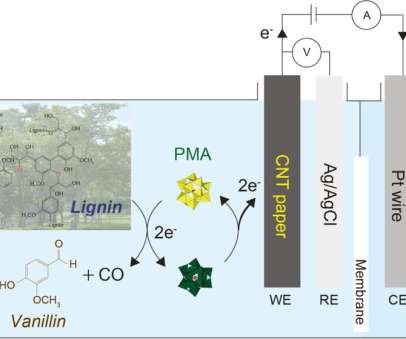

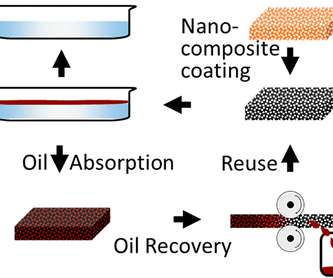














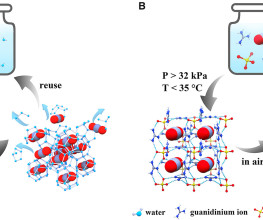




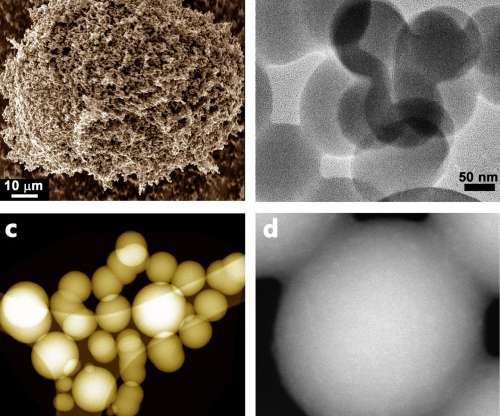
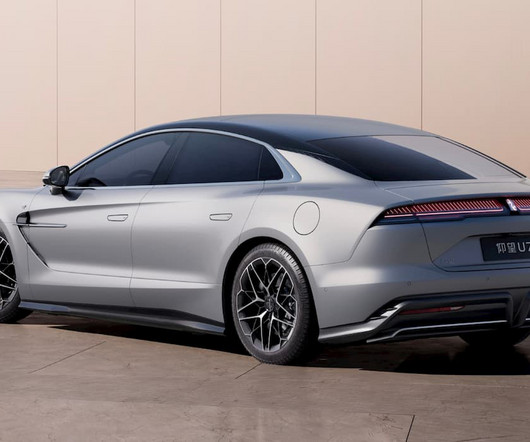







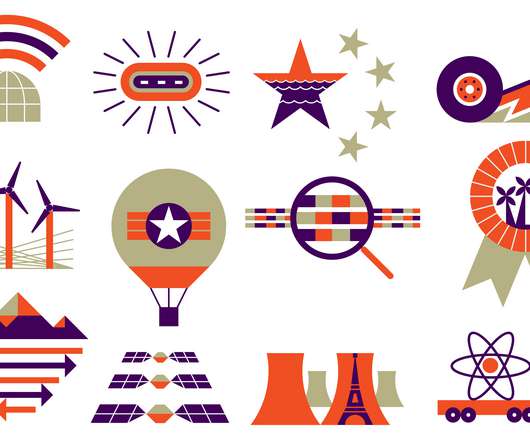









Let's personalize your content